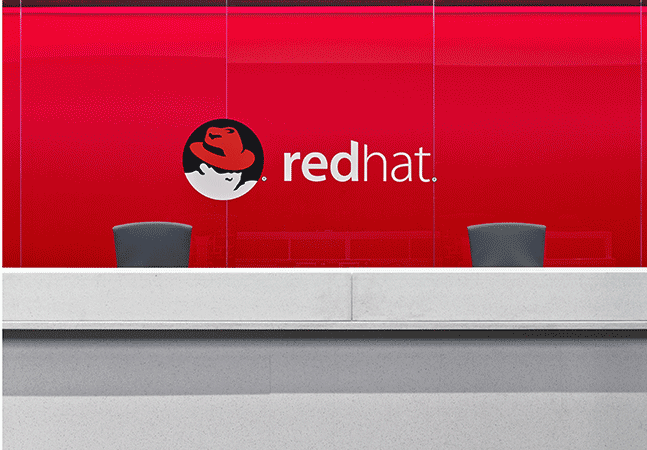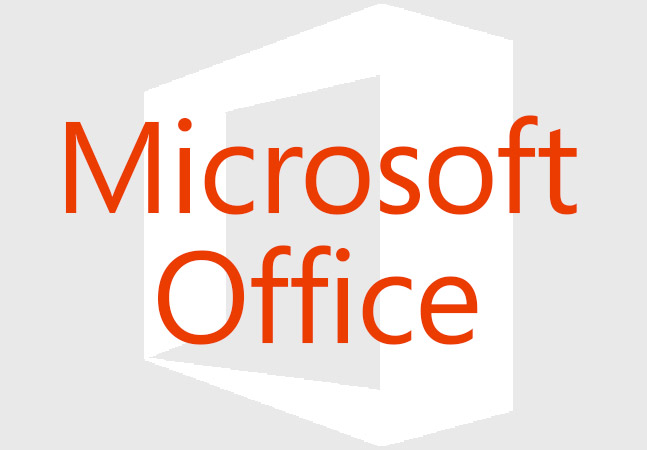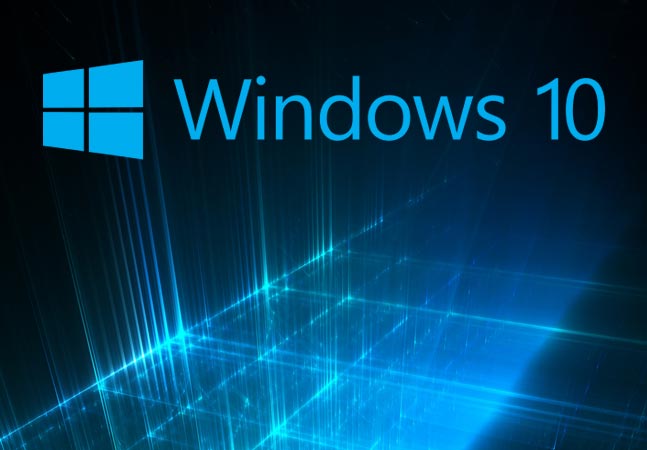
The new release is also about enhancing DevOps.
- By Dan Kusnetzky
- 11/14/2017

The open source container management tech gets big boost.

The good and bad of the shortening software cycle, from an administrator's perspective.

A survey also finds that older Office versions are still in wide use.

Suppliers are riding it, but how quickly will enterprises follow suit?
- By Dan Kusnetzky
- 11/07/2017

These new tools can help slow disinformation; but like any technology, there's a dark side.

Get up-to-date on container technology.

New APIs, better support for pen and touch input highlight the upgrades.

Lots of changes are on tap, including upgrades for containers, networking and storage.
- By Paul Schnackenburg
- 11/02/2017

The drones raise many concerns, including how to process data.

Is it something new or a repeat of an old idea?
- By Dan Kusnetzky
- 10/31/2017

To properly discuss IT-industry issues, a set of definitions needs to be established.

Cisco's HCI comes to Google Cloud Platform.
- By Jeffrey Schwartz
- 10/26/2017

The Taxonomy challenge for both analysts and suppliers.
- By Dan Kusnetzky
- 10/26/2017

The rules in Europe are much different than those in the U.S., so do your homework.

They demonstrate the storage vendor's move to becoming more data-centric and cloud-focused.

Finding and freeing enterprise data.
- By Dan Kusnetzky
- 10/23/2017

The technology exists. We just have to put it to use.

It has much to offer IT pros, including new deployment capabilities.

Data, not oil, is now the world's most valuable resource, claims journalist.